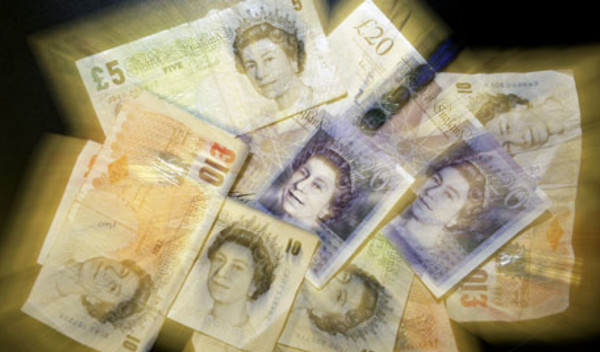

The manager of the group’s £1.3bn Global Macro Bond fund said he was wary of a sterling crash given the UK’s record current account deficit.
The UK last year managed the unenviable record of matching the highest peacetime current account deficit when it equalled 6 per cent of GDP.
A country’s current account is important as it is often reliant on the confidence of foreign investors, who are effectively funding governments by purchasing government bonds. This in turn helps the party in power to meet its spending targets.
If these investors feel for any reason the risk is too great, a fire sale of gilts could cause the pound to depreciate against other currencies.
The UK has a history of current account crises, including episodes in 1947, 1957, 1968, 1976, 1985, and 1992.
Mr Leaviss said there were several cases in history where current account deficits had preceded a collapse in sterling and as such he was underweight the currency.
“When we are building a framework about which currencies we like or hate, the current account deficit is usually a big driver,” he said.
“As such, we are bearish about the UK and sterling.”
The manager has a 3.1 per cent ‘short’ on sterling, meaning his fund would make money if the currency weakened.
The pound fell 7 per cent against the dollar in 2014, to $1.50. This has led to the manager being positive on the greenback, which is by far his largest currency exposure in the fund.
“We are very bullish on the US dollar as we are only about halfway through a bull market of the [currency] and we think it can get much stronger,” Mr Leaviss said while speaking at a Bond Vigilantes event in London.
“The US Federal Reserve will be the first to hike rates but there are other things going on in the US.”
He said in addition to interest rate activity, the US current account deficit looked set to improve and energy self-sufficiency appeared a viable prospect in the next decade or so.
The manager said the combination of these factors made the dollar look even more promising.
While he has been taking some profits on his long dollar exposure in the past couple of months, he said in the medium term the currency was still “a really good place to be, and especially relative to sterling”.
The fund has no duration exposure, meaning derivatives have been used to make sure it has no sensitivity to rises in interest rates, which can erode returns from bonds.
Mr Leaviss and his team also have the ability to take a negative duration stance, which would see the fund profit from a rise in yields, which could be caused by interest rate rises.
“We can go negative but we are not there yet,” he said.
“There is still momentum behind the low yields, but there will come a time when it will be appropriate to go negative.”
Elsewhere, Mr Leaviss and deputy manager Mike Riddell said they were “always bearish” on China and were even avoiding countries, such as Australia, that were reliant on it and other big commodity plays in Latin America and South Africa.



